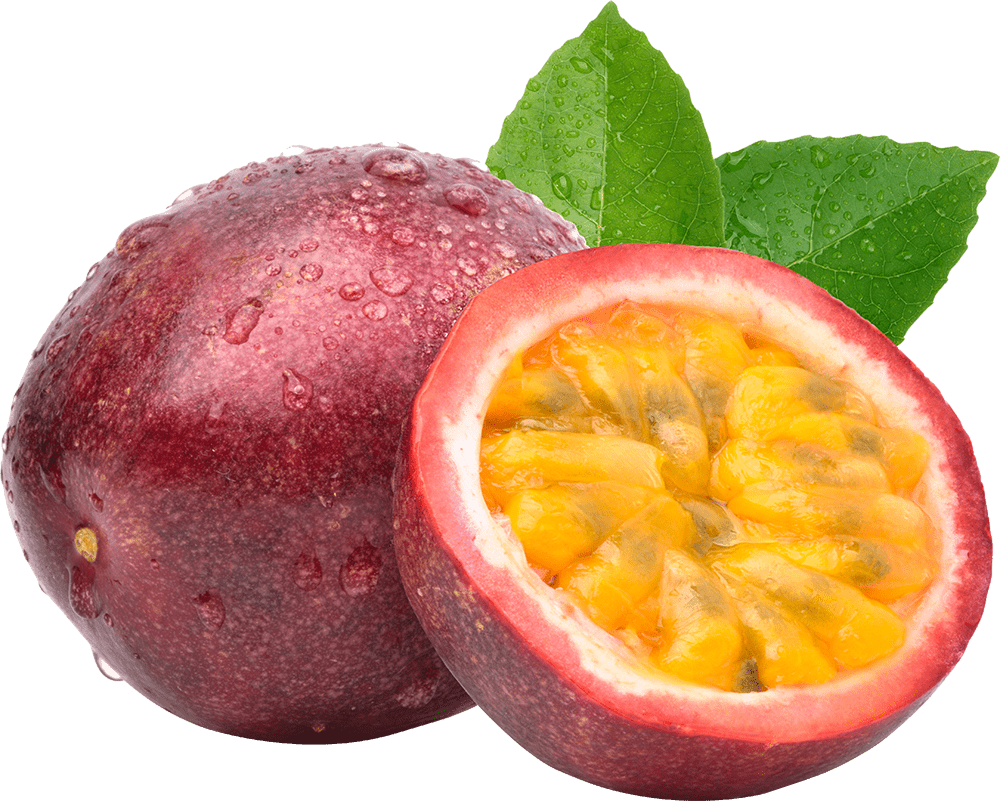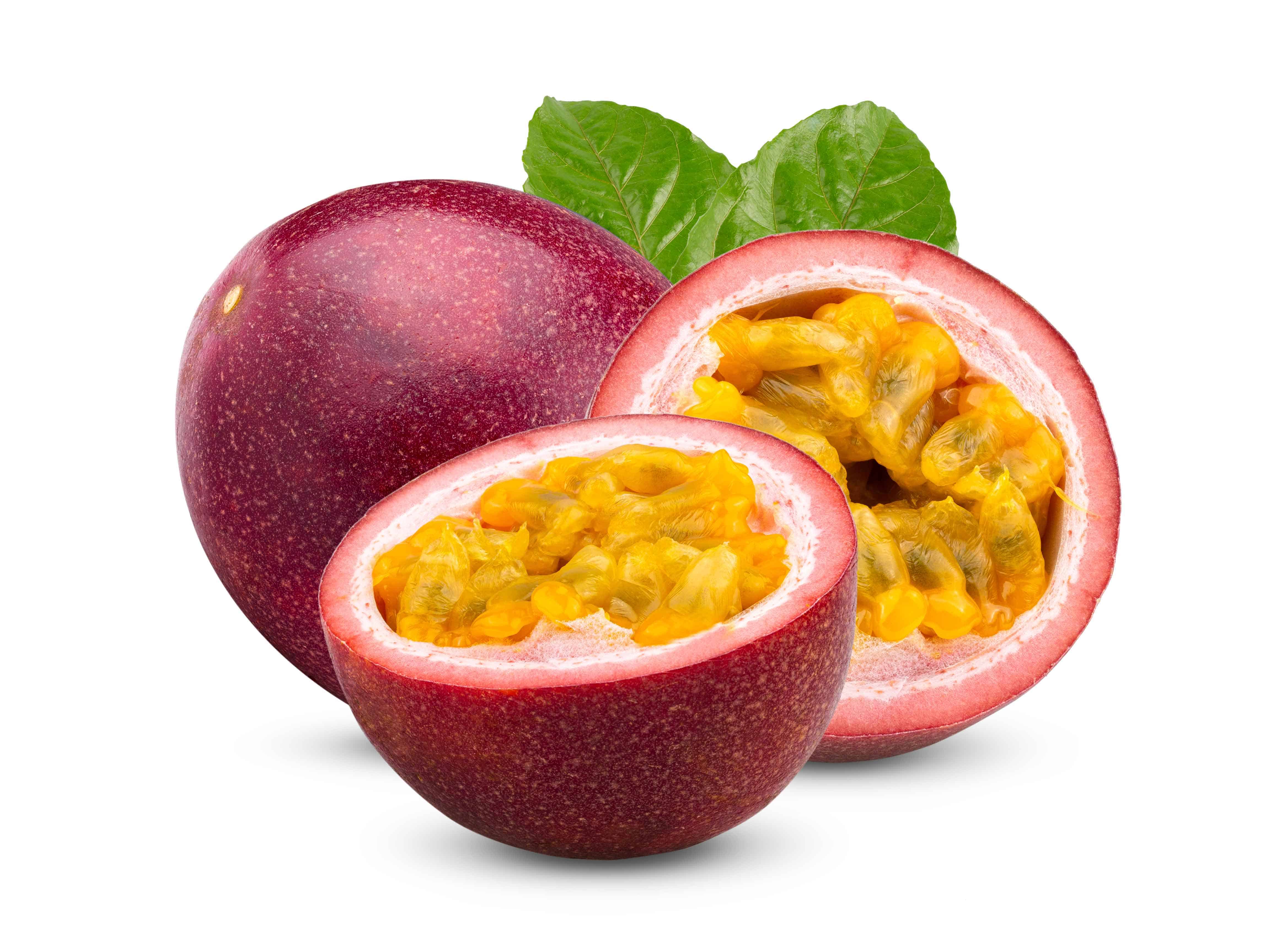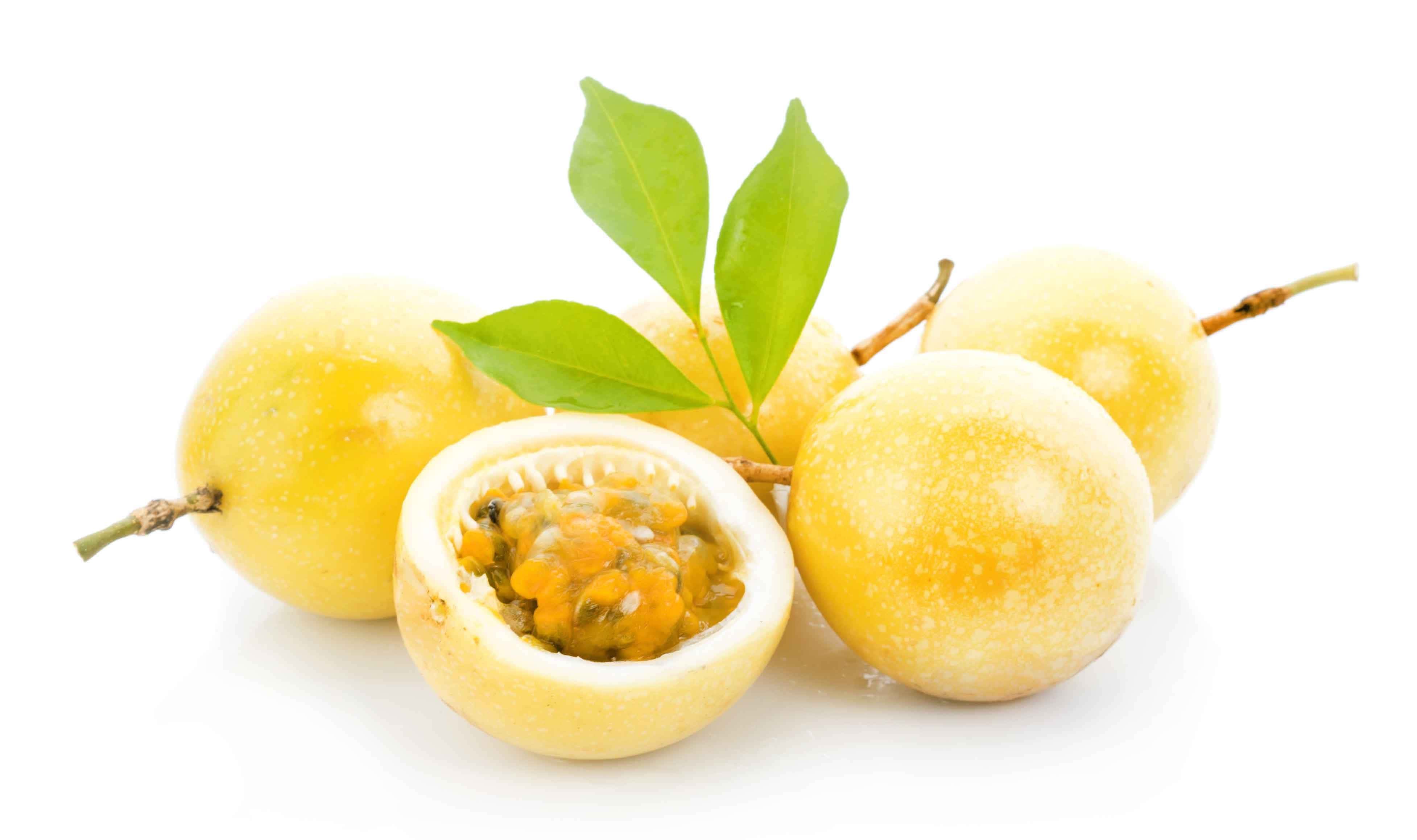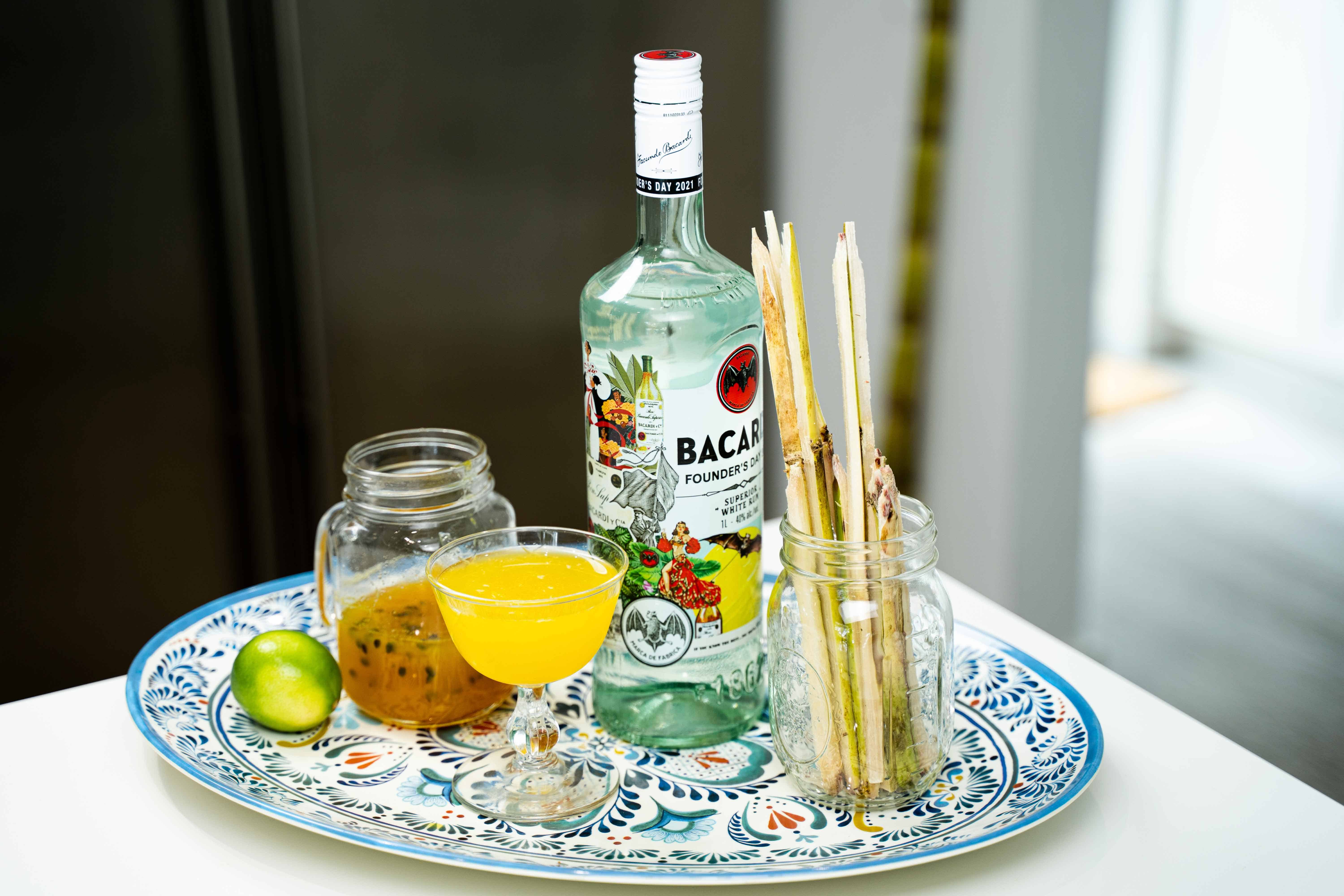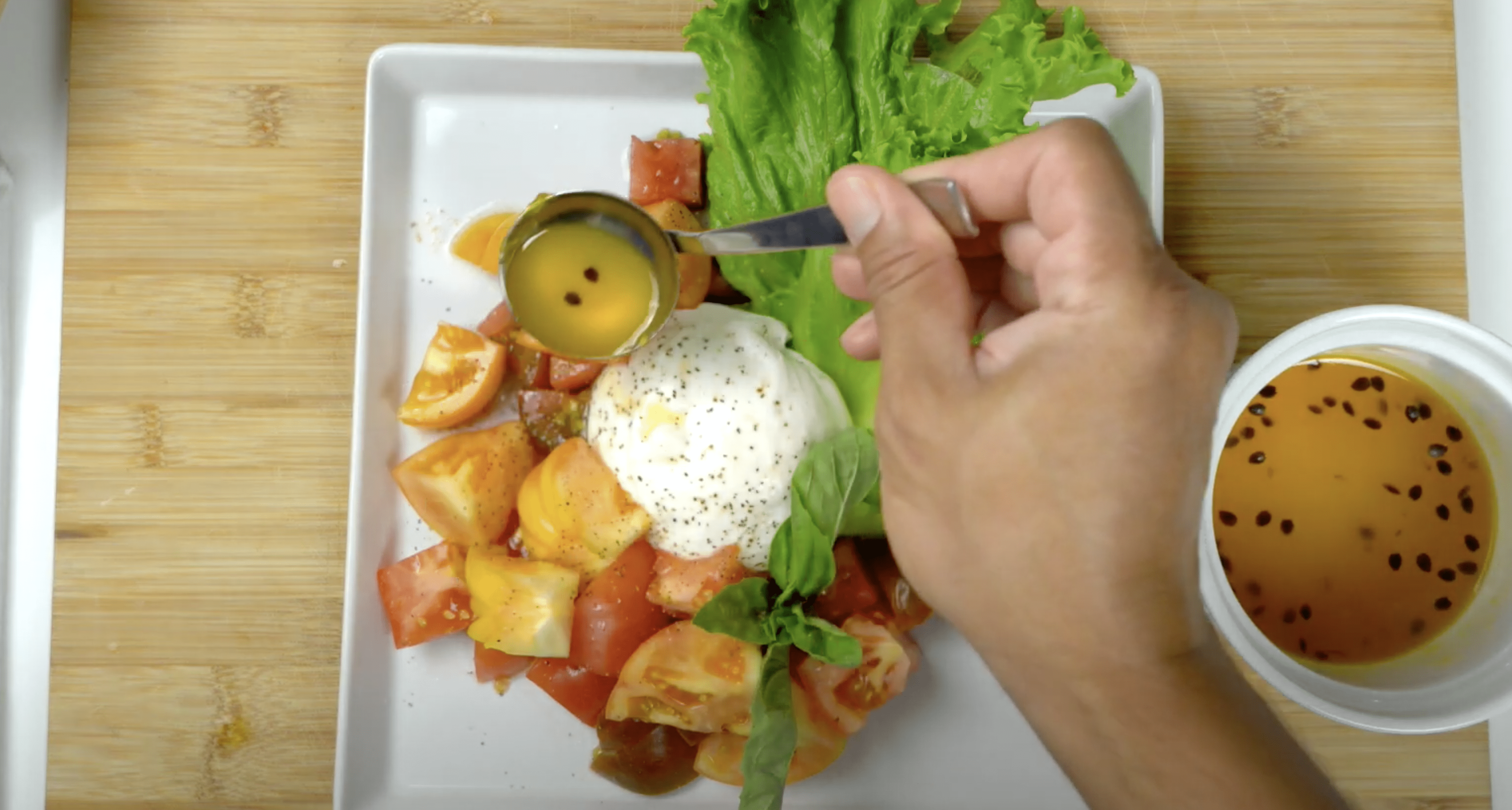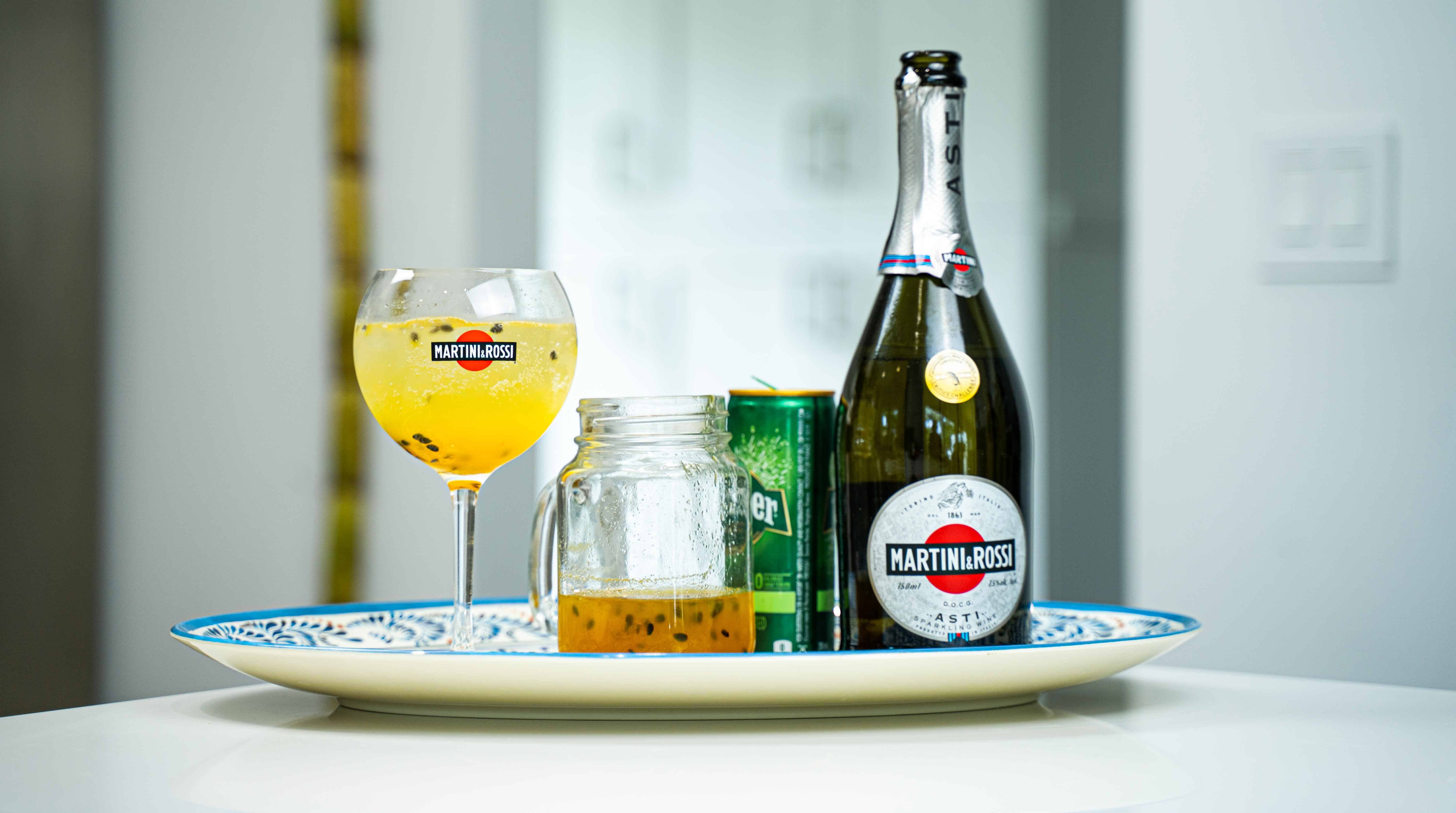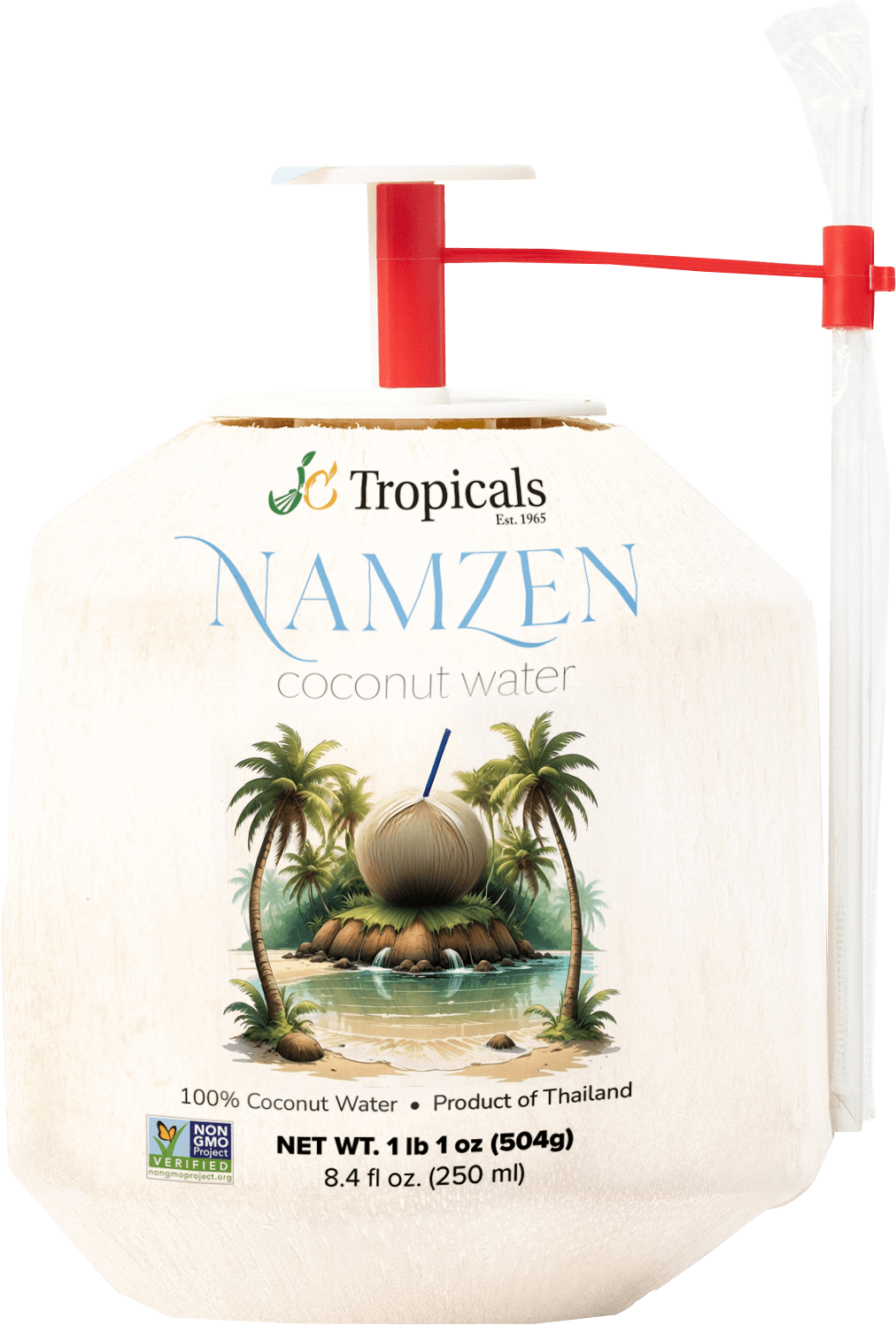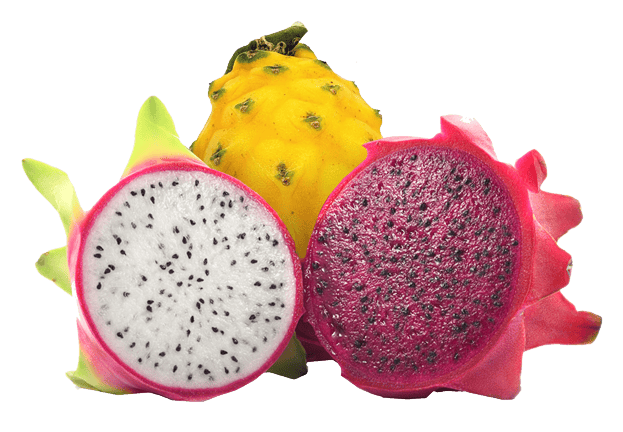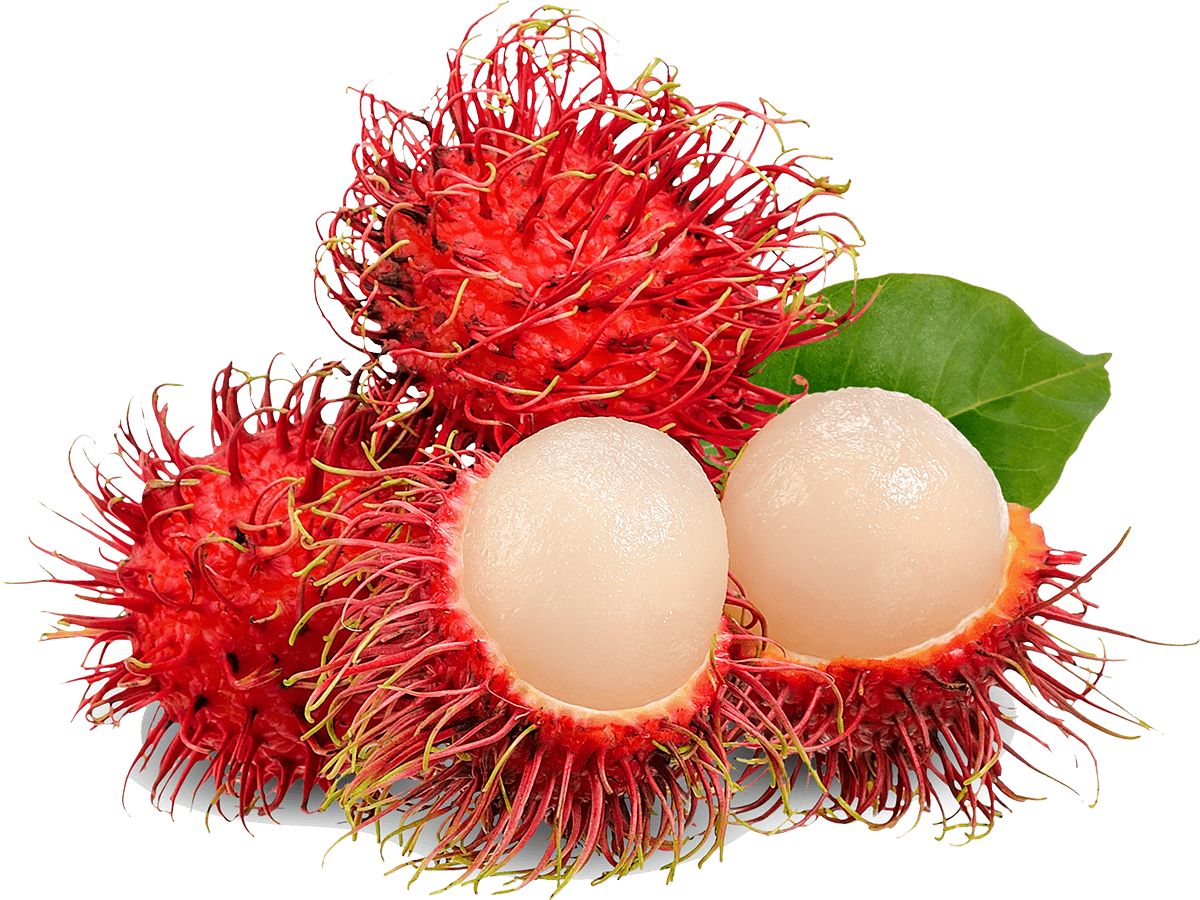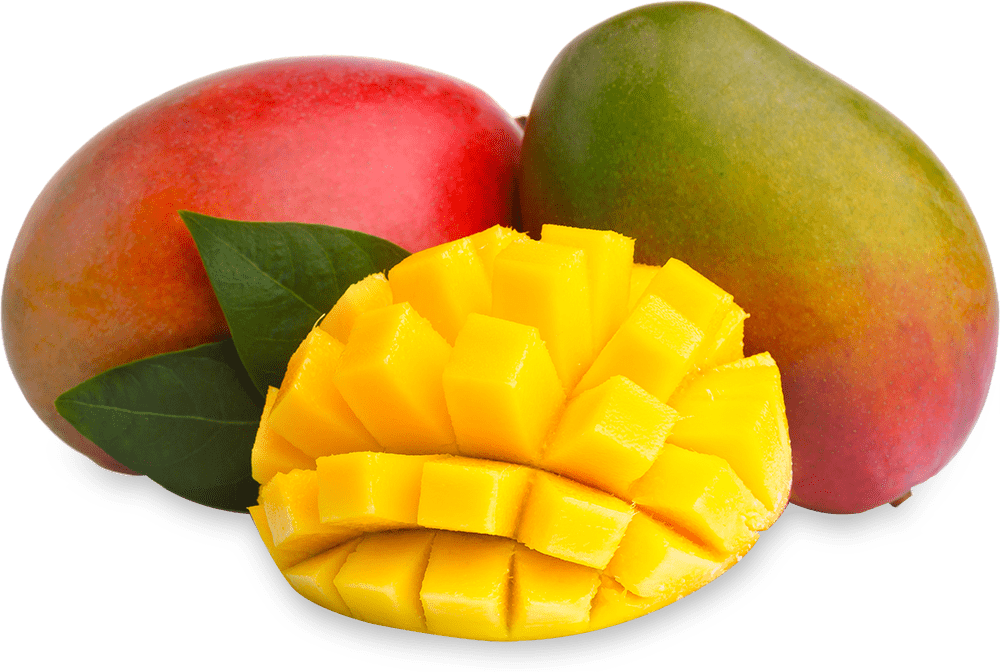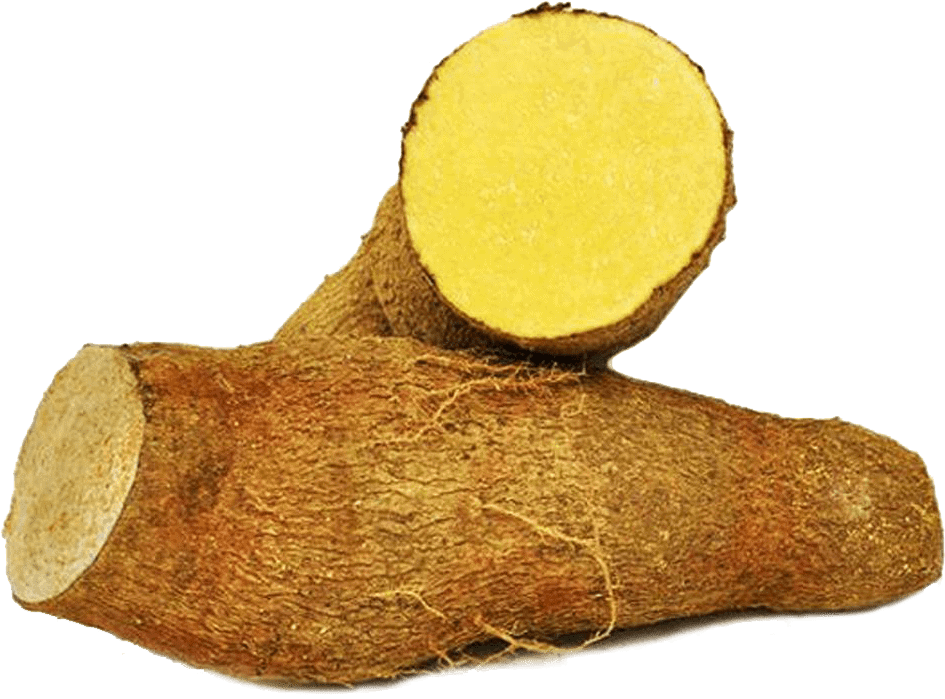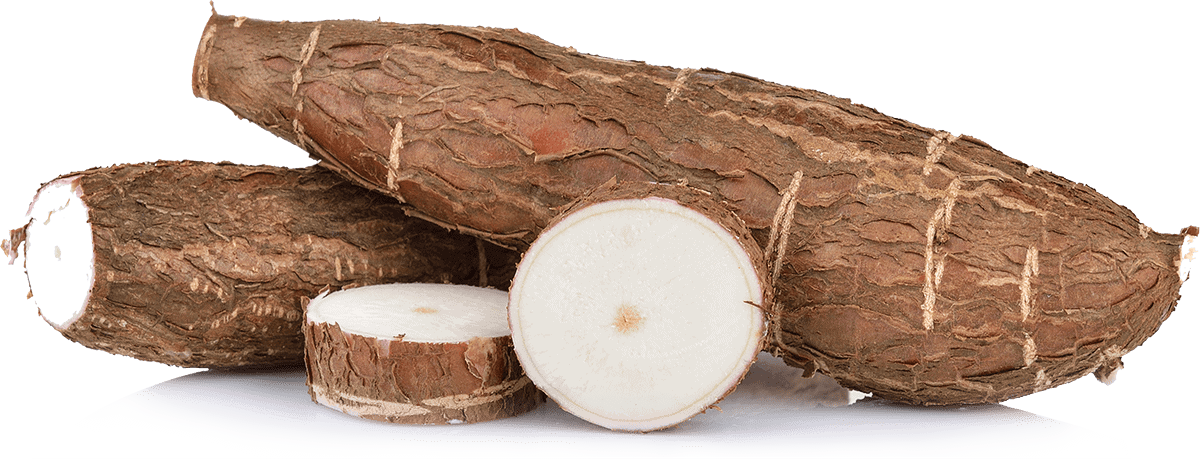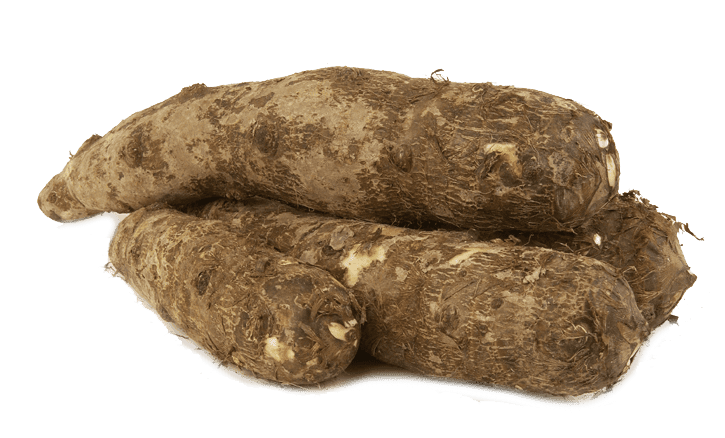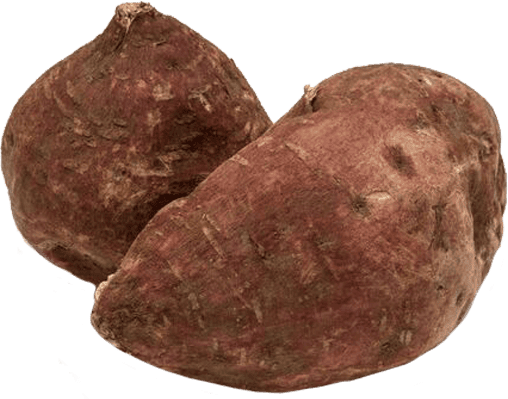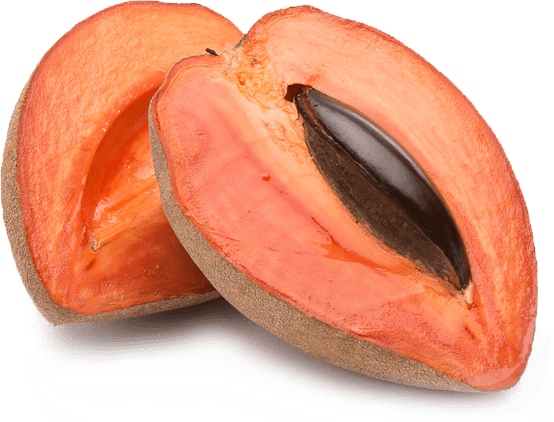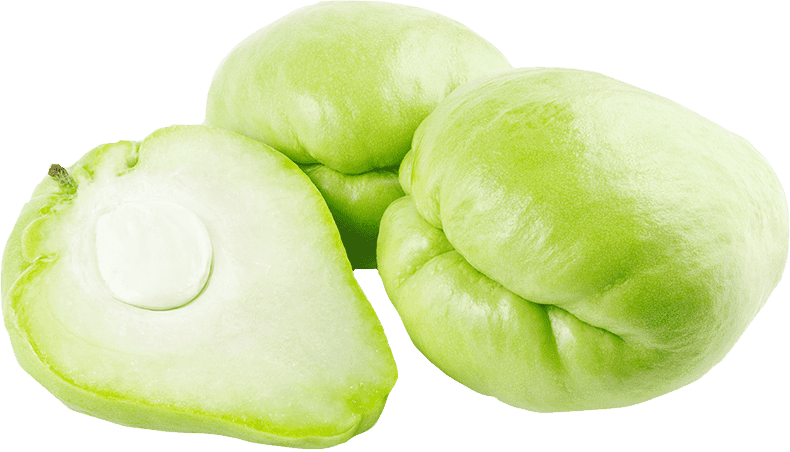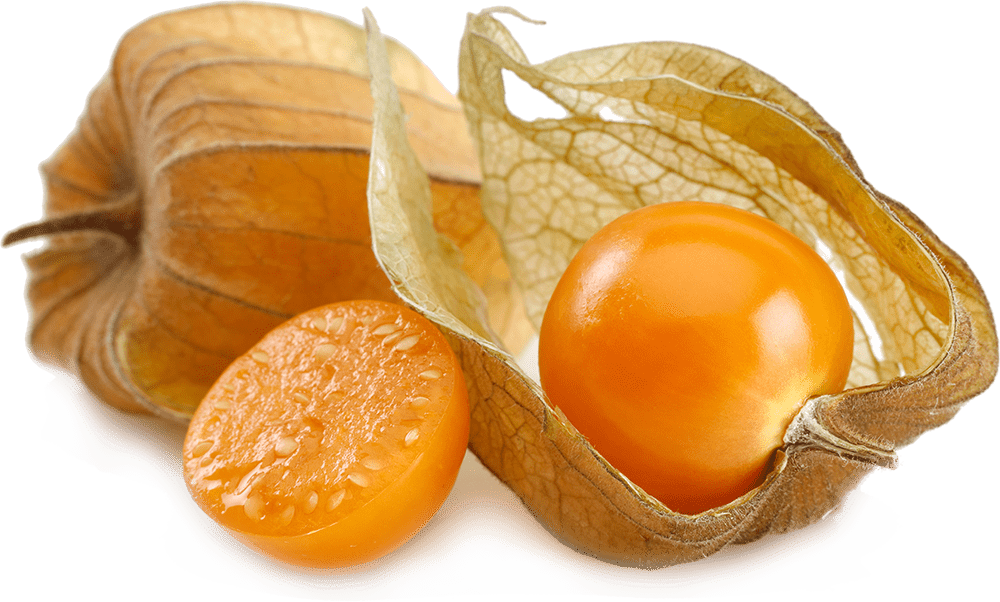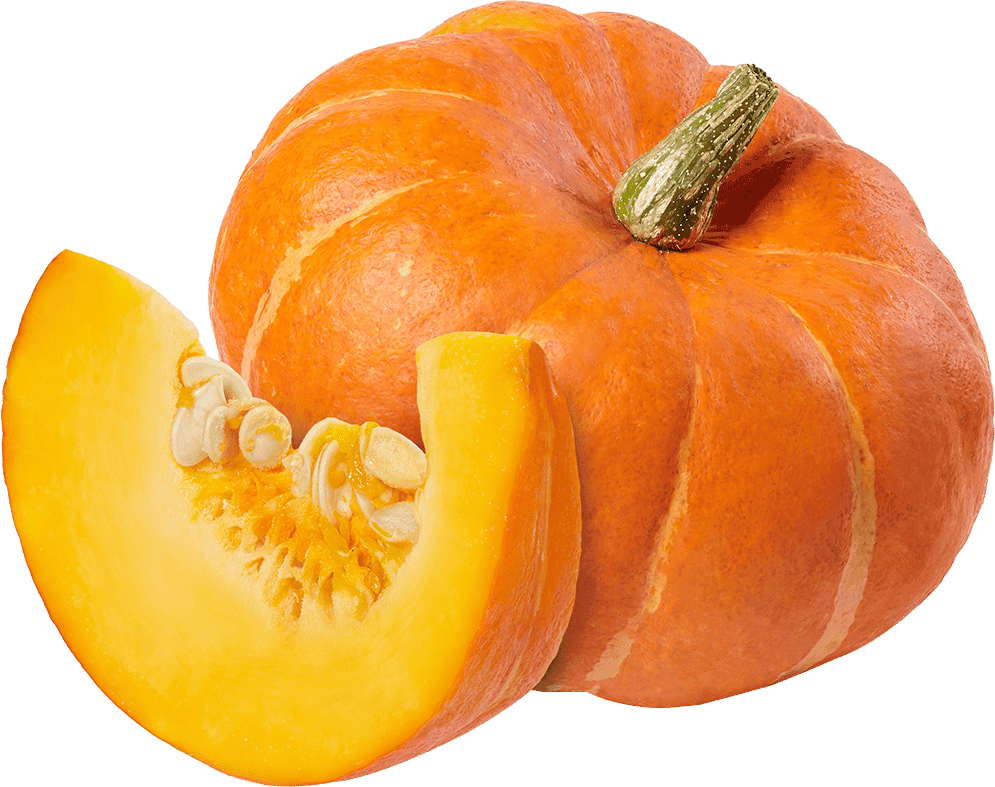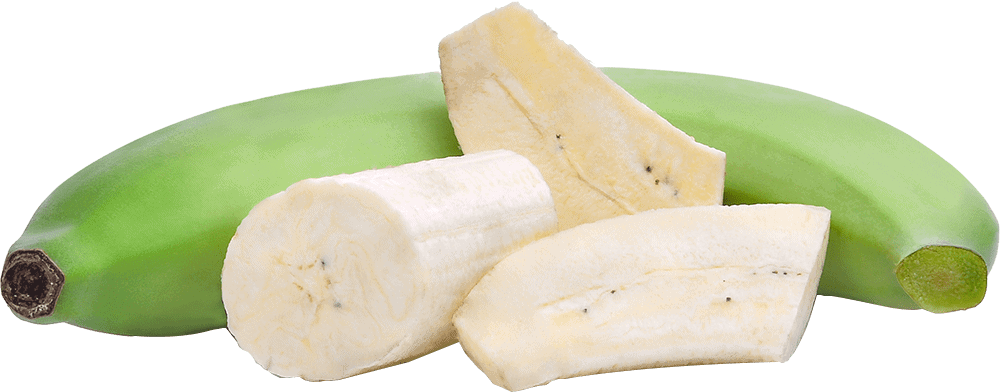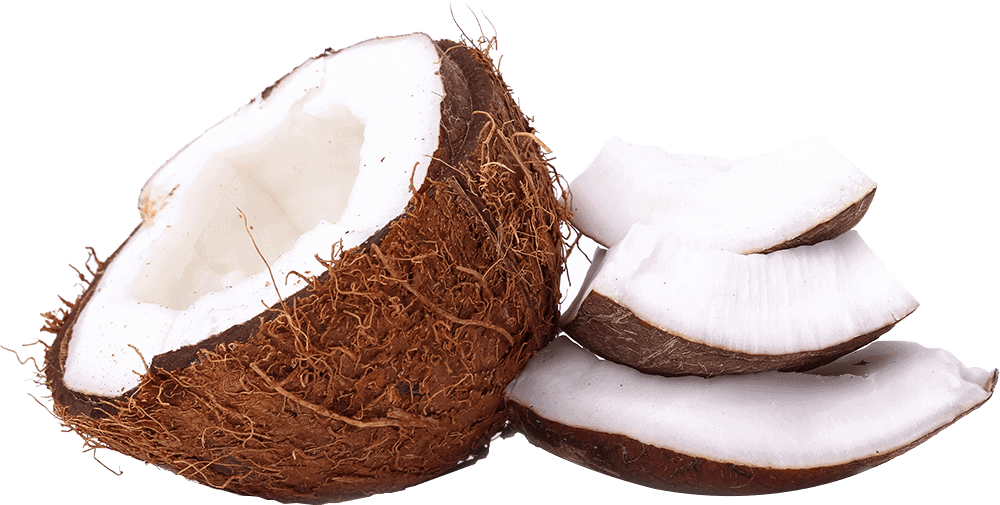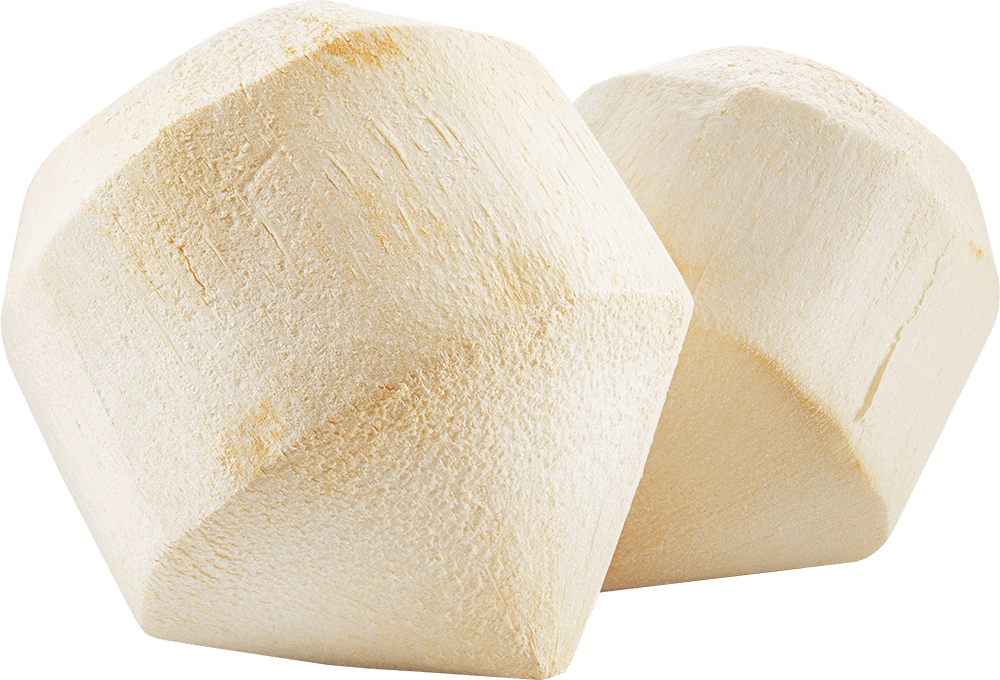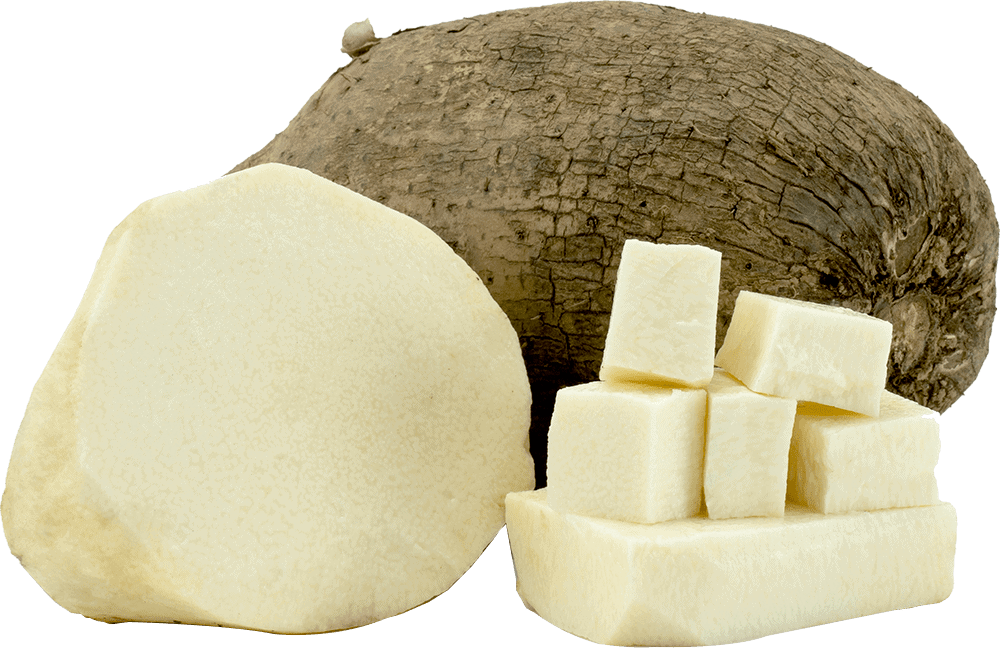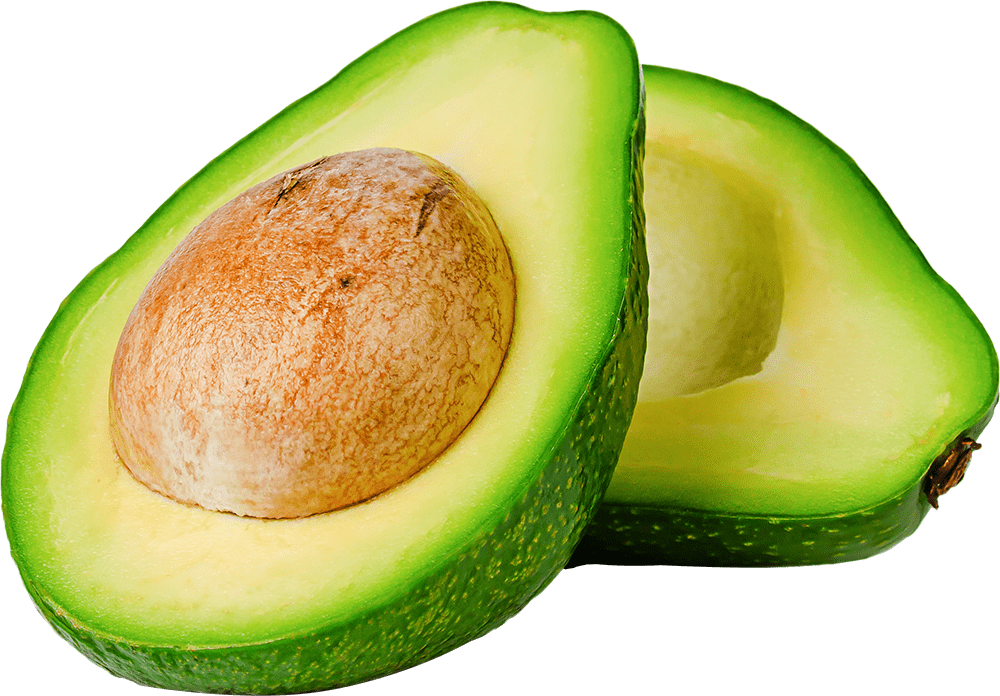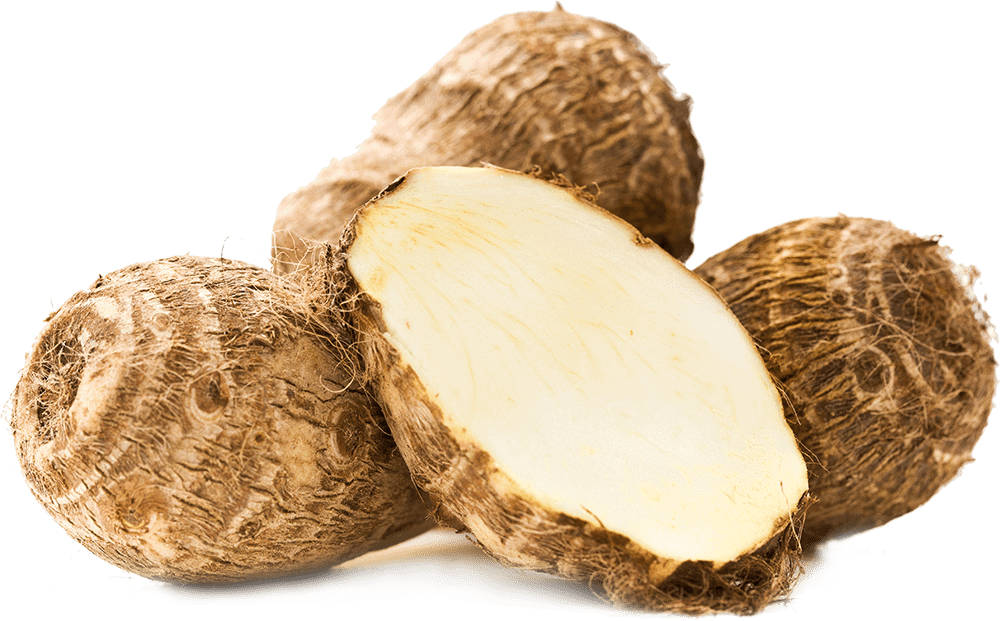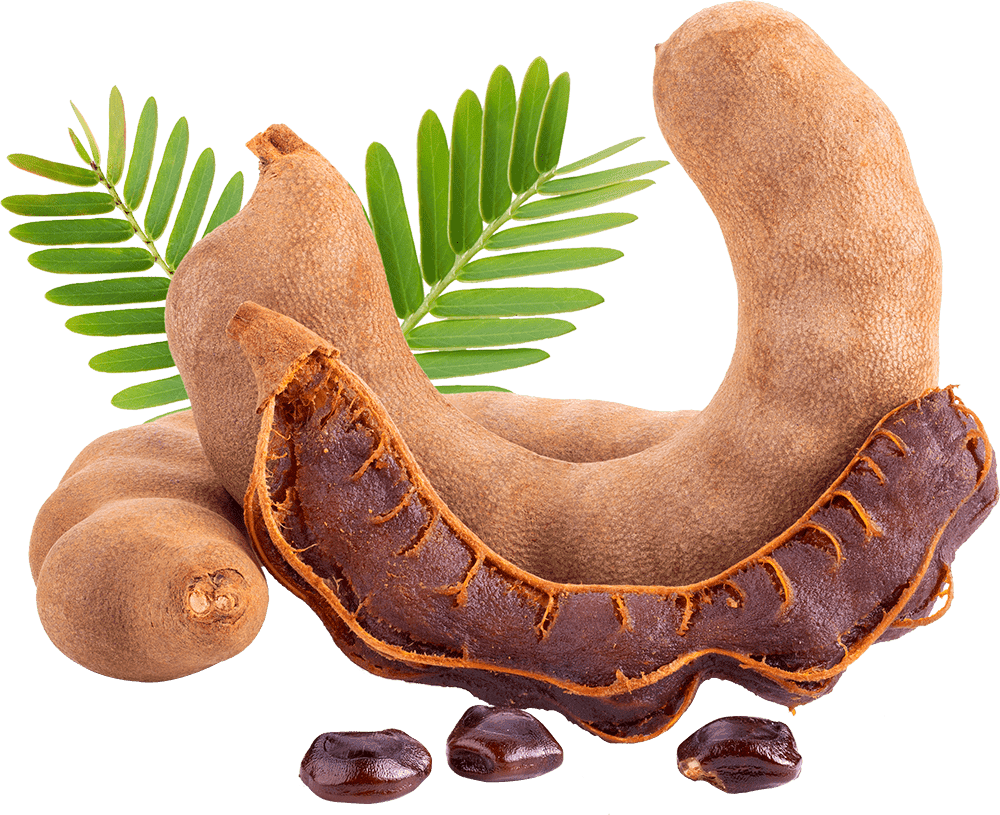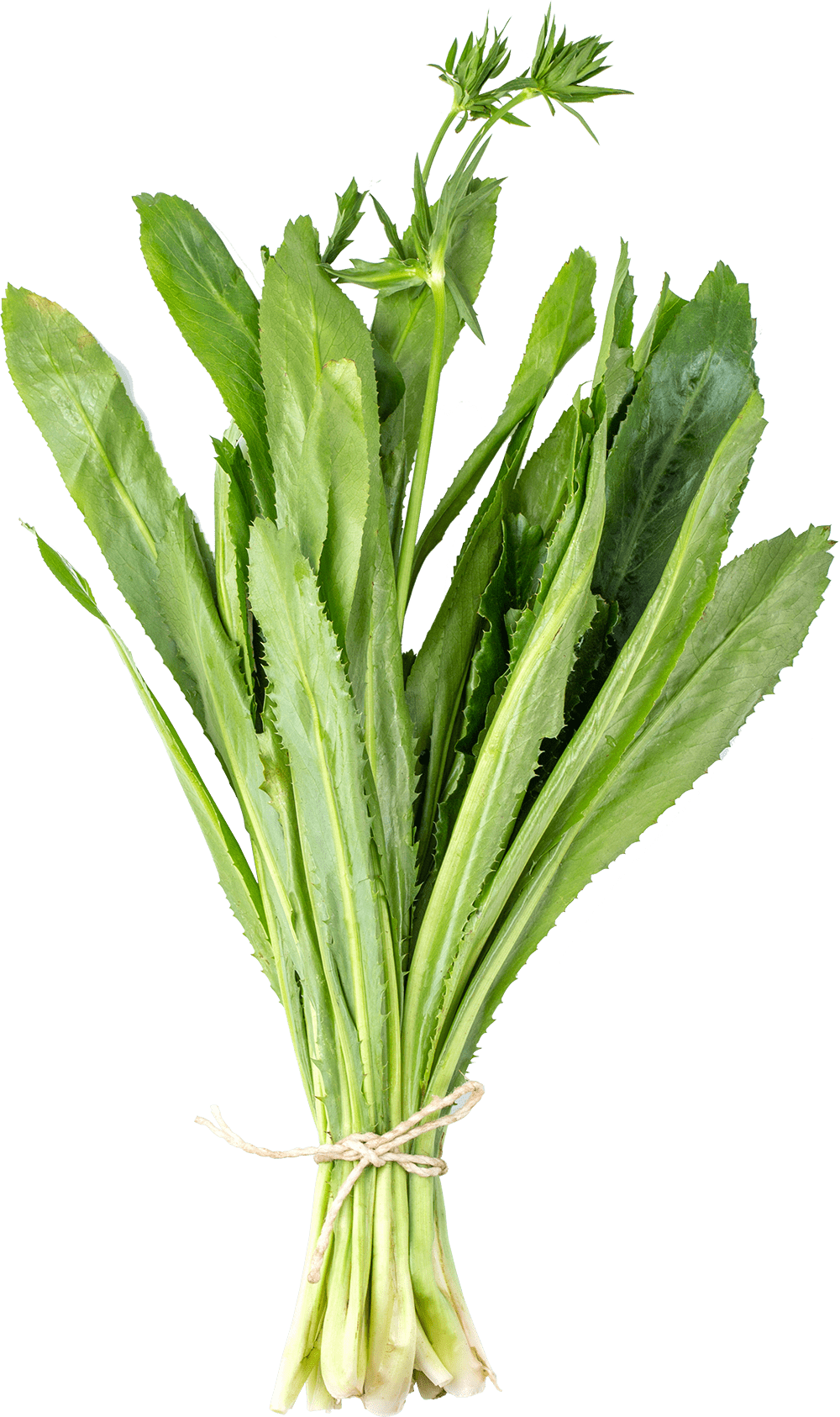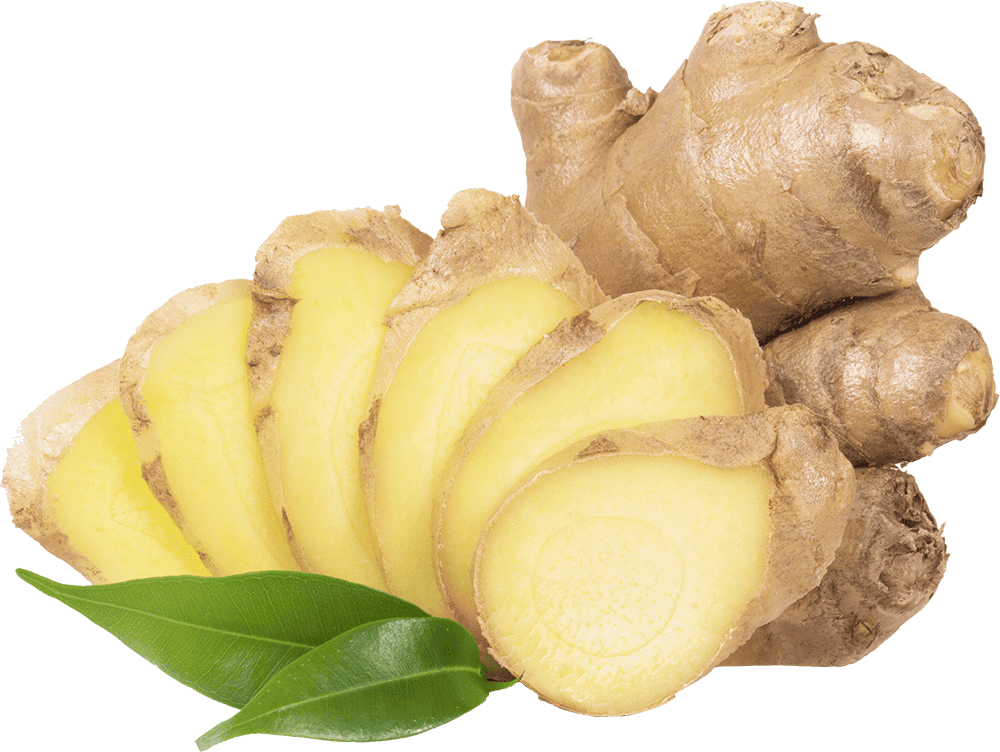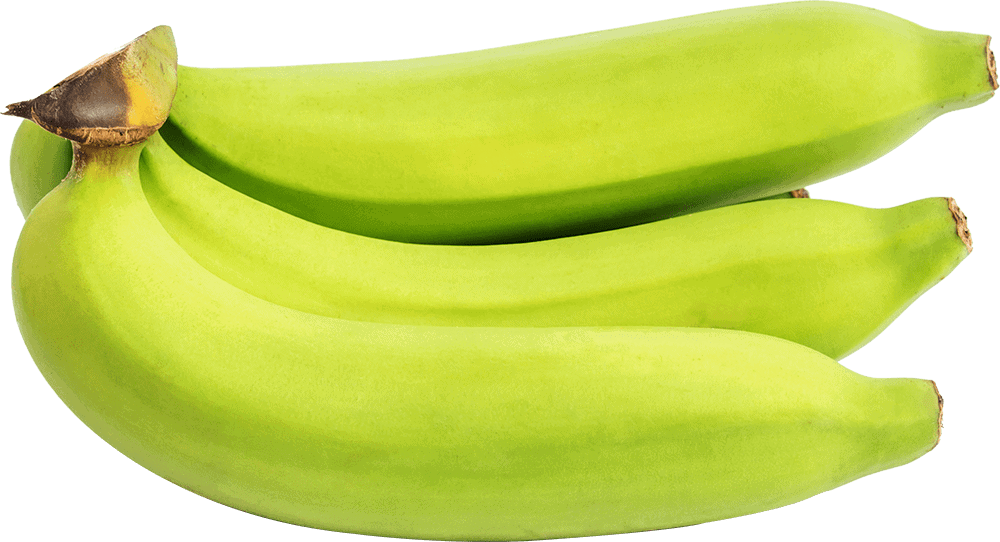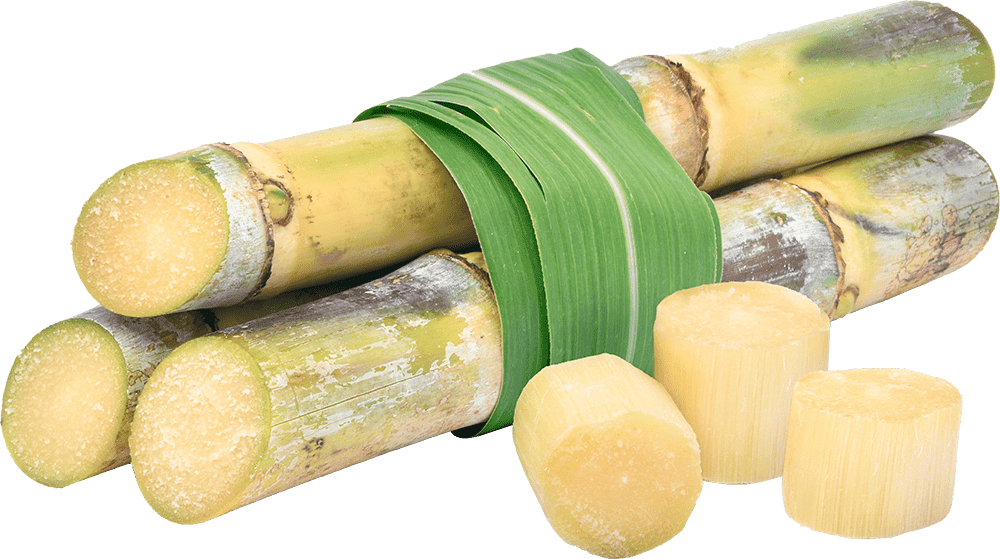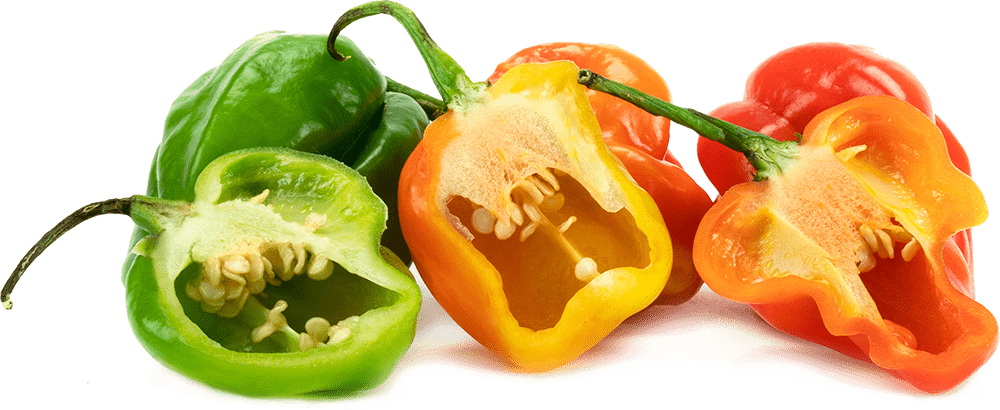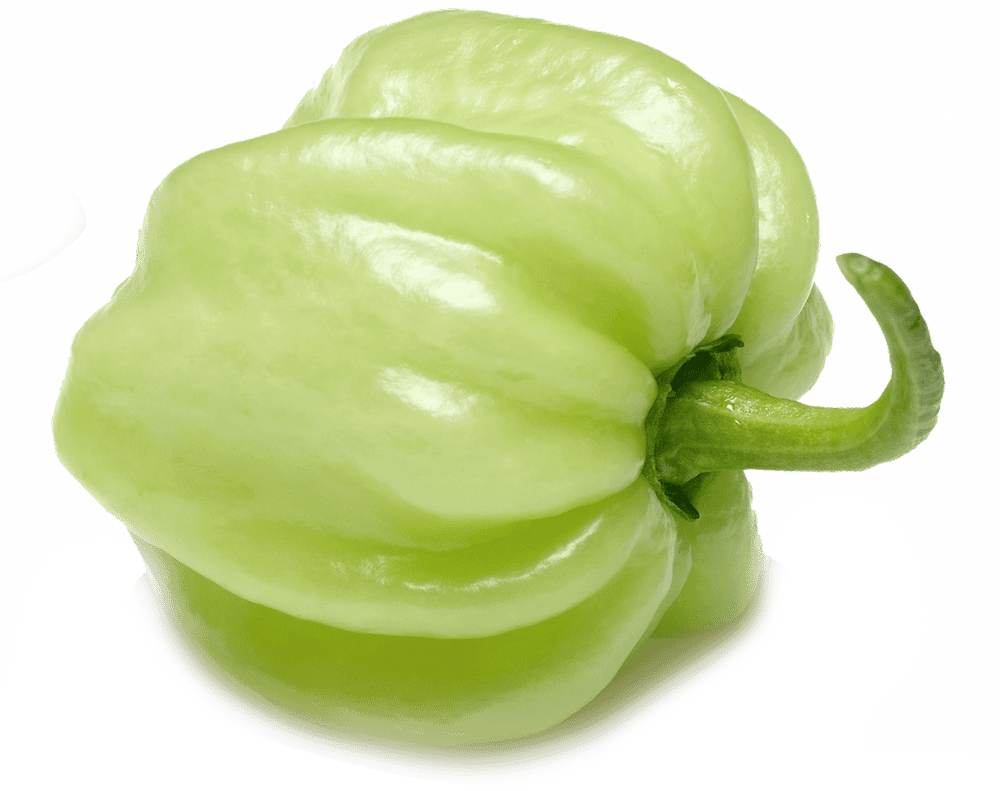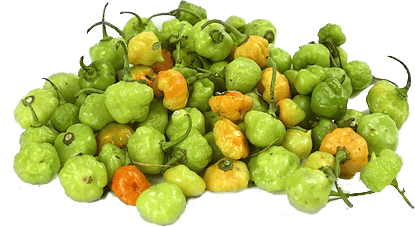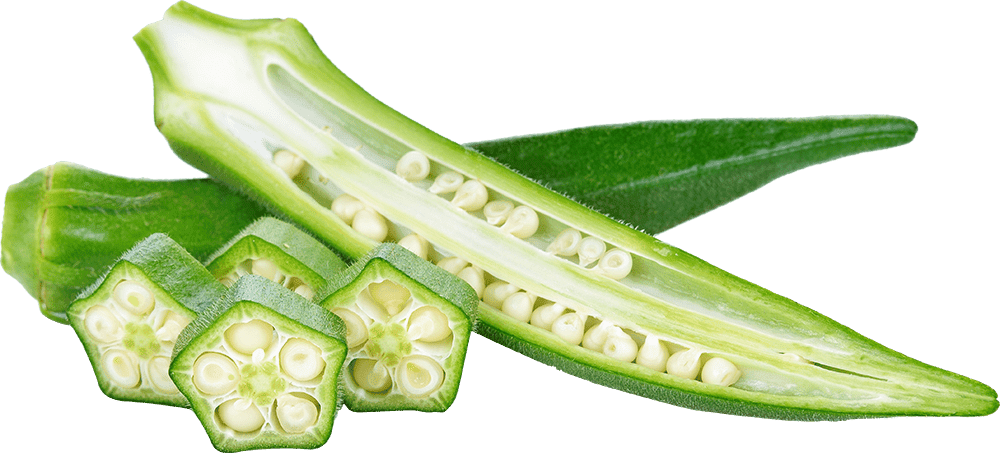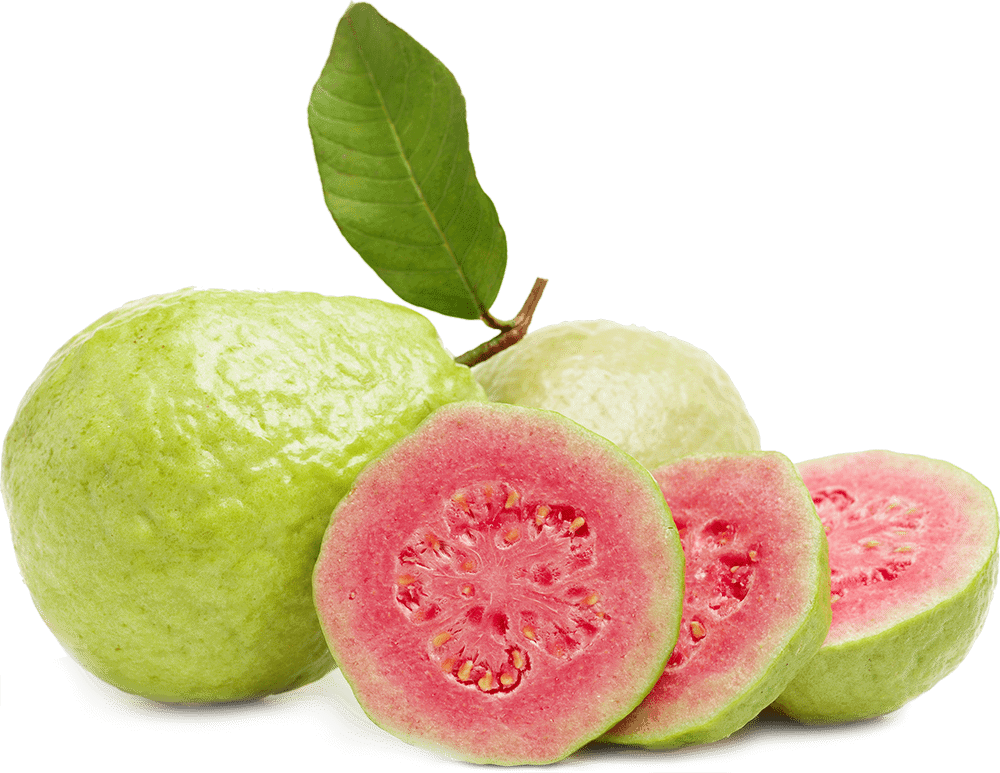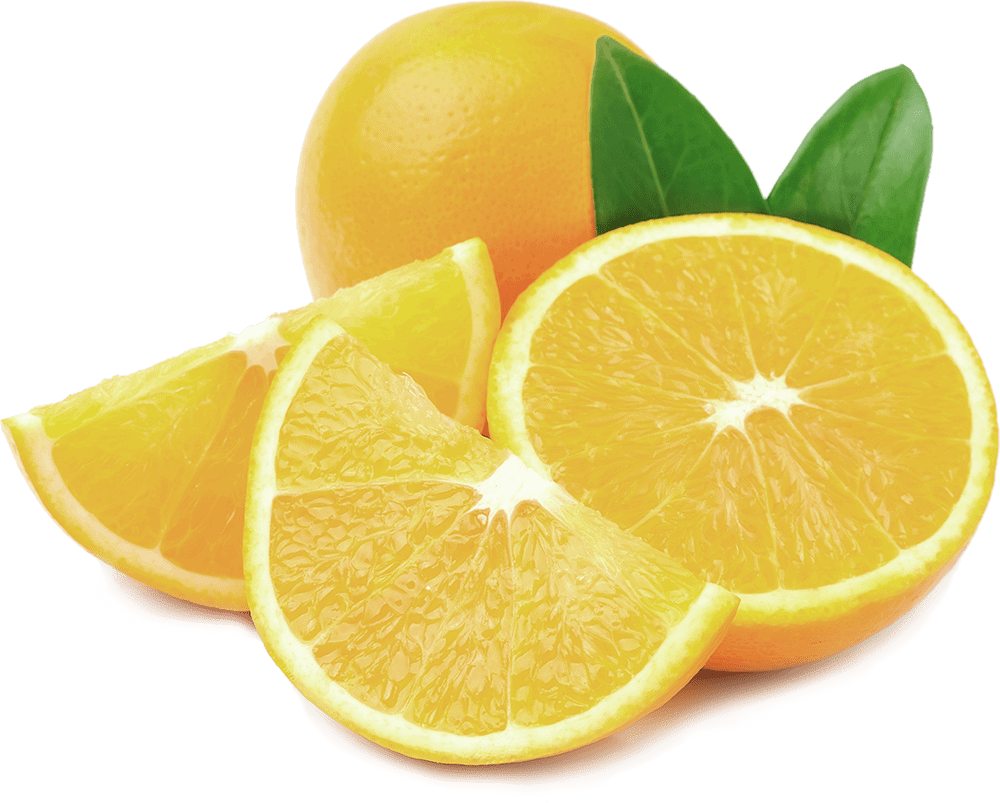Passion Fruit
Considered the largest berry of all plants, passion fruit got its name because it’s one of the many species of passion flowers—Passiflora—that grow the passion fruit that we know and love. Also known as parchita and maracuya, these grow on vines right in South Florida, where we source our homegrown tropical fruit. They contain a soft pulp and seeds inside a hard ring. This jelly-like pulp has a sweet yet tart flavor. The flesh and seed are both edible and provide antioxidants (Vitamin C) that support the immune system.
J&C Tropicals carries purple and yellow passion fruit varieties.
- Cut in half and scoop out the edible seeds or use as is.
- Eat with a spoon or incorporate into recipes such as drinks, desserts, and more.
Store passion fruit at room temperature until the skin is wrinkly. Refrigerate when ripe for up to 3 days.
Purple: April – February
Yellow: Year-round
Grown in South Florida and sourced from California and New Zeland
- With a low glycemic index, passion fruit pulp contains a lot of dietary fiber
- Fiber is a crucial component of every diet, so this helps to support the digestive system
- Rich in Vitamin C and antioxidants
Serving Size: 1 cup (236g)
Calories: 229
Nutritional Facts
1/2 cup
High-Fiber
Naturally Low-Fat
Naturally Cholesterol-Free
Loaded with Vitamin A and Vitamin C to support a healthy digestive system.
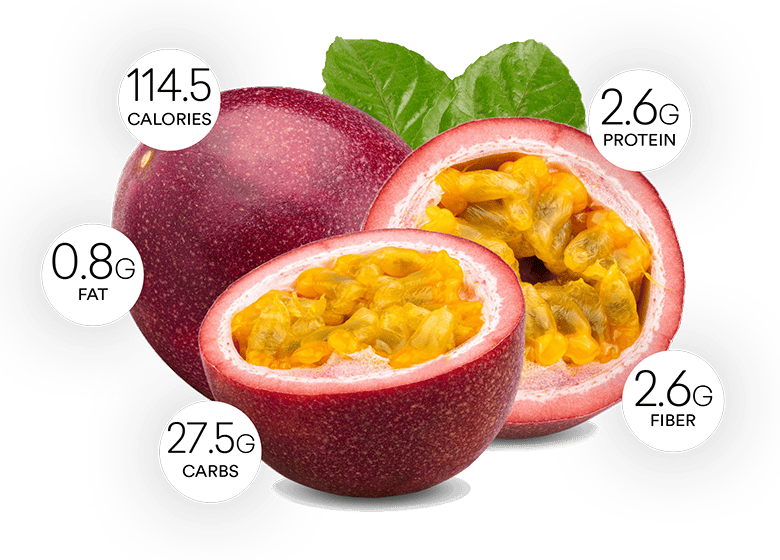
Trending right now
Exotic is exciting… try one of these unique products for an inspiring new food experience.



